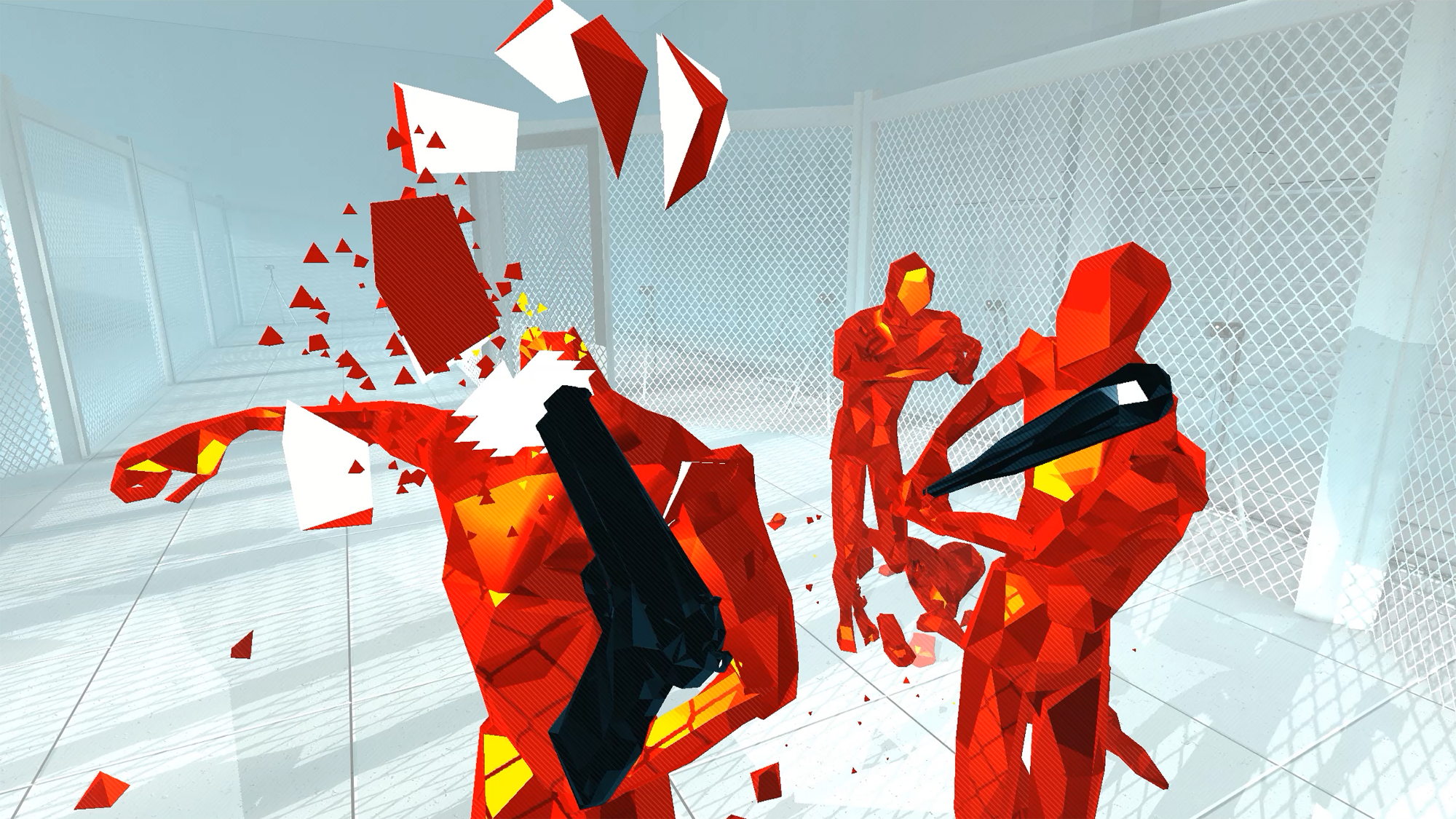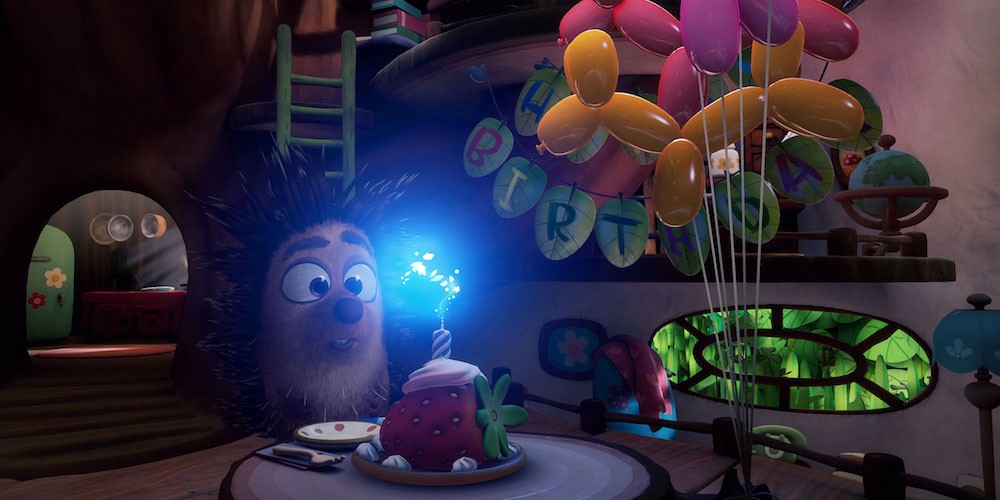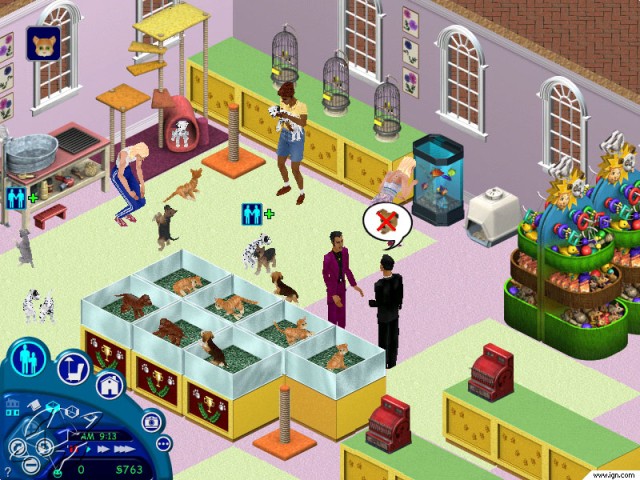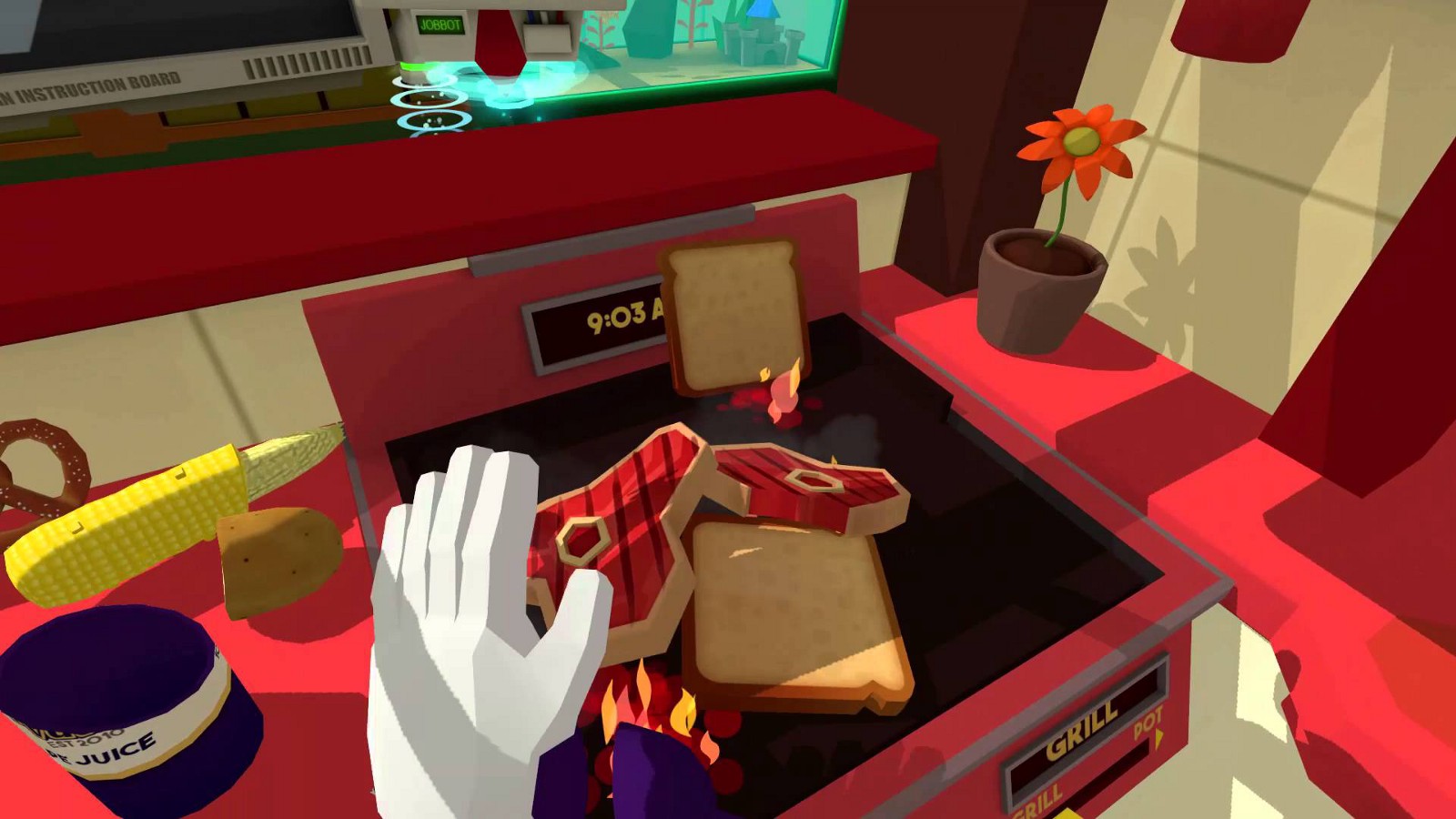Design Virtual Reality for Everyone

Video games are a subset of interactive experiences, and yet the focus of VR development has been on creating immersive versions of existing game genres.
Immersive experiences can be so much more.
When creators step beyond traditional games, and begin to explore the full breadth of interactive experiences possible within VR, the medium will explode.

Digital social interaction is better in Virtual Reality

Immersive games, as virtual reality or augmented reality, have the power to overcome those hurdles. In an immersive experience, you are your avatar, and you can’t escape the narrative’s emotion. When a character expresses disappointment in you they are disappointed in you, not your avatar. Movies and books can show emotions, but in virtual reality those emotions can become yours.
In an immersive environment your choice is your own. Through motion and voice controls you are given the tools to be your own character. As voice recognition and speech cognition improve immersive experiences will feature characters that can respond to whatever you care to say. Some players will take their virtual experiences seriously while others will spout silly nonsense they would never feel comfortable saying in the real world.

Traditionally gamers have not been into this sort of “social game”, but for many people the opportunity to feel as if they are part of interesting social environments is something they would absolutely love to play. People want to partake in experiences they’ve always wondered about but have not experienced in their own life, and to the human mind social interaction is the most captivating material.

An immersive coffee shop game where you speak with customers and design your own coffee shop may be the killer app for many people, and yet this sort of game is barely considered if you look at what’s available for virtual reality right now.

Virtual reality is the ultimate role-playing medium
When I watch friends and family play the cooking part of Job Simulator I notice many seem to enjoy the creative act of assembling a meal, and many people took the task more seriously than the cartoony context called for.“Roleplaying” is an inherent part of childhood. For competitive children they’ll often pretend to be various figures from combat scenarios. Other children pretend to be teachers, cooks, or more social roles. The desire to act out something else never really goes away into our older years, but for most teenagers and adults there is no outlet for this desire. Games are the ultimate pretending medium, and yet so far they’ve mostly served those who thrive on competitive emotions. In part this is due to the momentum of video games as a medium towards competitive action games, but it’s also because there previously was no medium with adequate roleplaying potential.
Virtual reality, with motion controllers, allows people to interact fluidly with their environment. Curiosity and expression becomes unbounded when you can pick up and play with anything. Immersive mediums can escape that video game feeling of seeing an obvious option and being frustrated when it is denied to you. When virtual environments are creative sandboxes play becomes richer and people find a way to create fun for themselves. Virtual reality is the perfect medium for “sandbox” play, as demonstrated by Job Simulator.

How do we get there?
Virtual reality is a growing medium, and it’s not cheap enough or accessible enough for people without passionate interest to get involved. Gamers are a passionate audience, and they are the audience that is there now. However, as the medium grows others will begin to take interest, and if they see only hardcore shooting games some will be turned away. When virtual reality is more accessible the first few developers that create immersive roleplaying social experiences will find themselves a small but passionate audience. As more games draw in non-gamer sorts into virtual reality the audience will explode and these sort of experiences will become plentiful.However, there also needs to be people who want to make this sort of interactive experience. These “games” cannot just take from the games before them, they need fresh ideas and perspectives. Virtual reality as a medium has very much sprouted out of gaming, but for it to bloom into its full potential people with varying backgrounds and perspectives will need to have the ability to help lead creative endeavours. Diversity of perspective will be so much more important when designing these new experiences. It is necessary for people of various backgrounds and professions to come together to create the immersive interactive experiences of the future.
The future is bright. There is limitless untapped potential to this new medium and I am terribly excited to see what happens next.